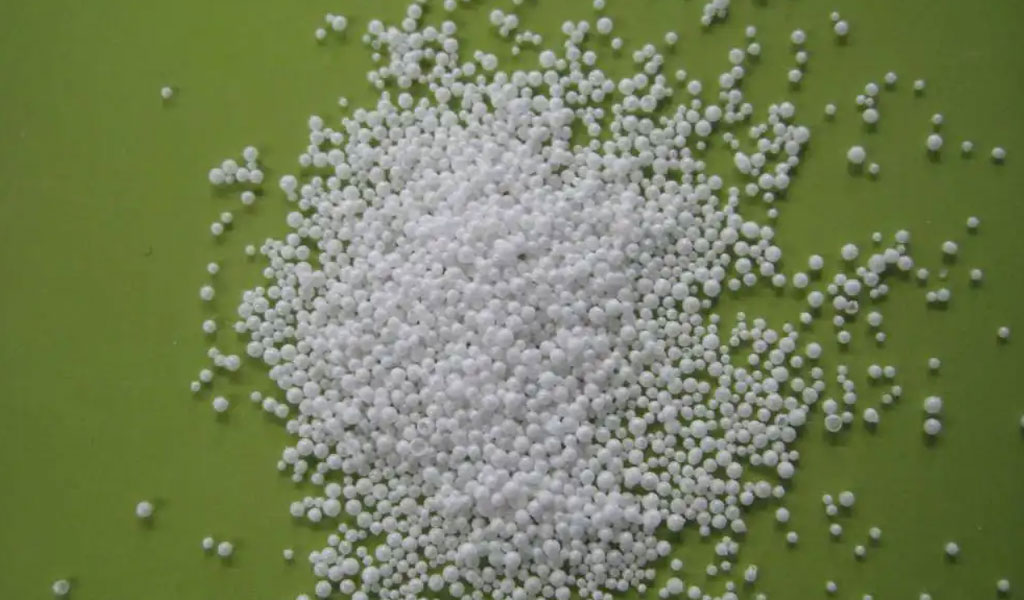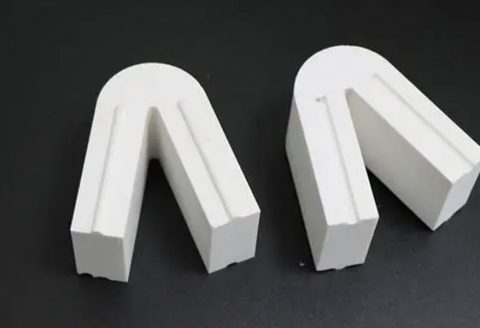
99% alumina ceramics and 95% alumina material are the two most commonly used aluminum ceramics. Compared with 95% alumina ceramics, their mechanical properties are stronger and more wear-resistant. 99% alumina has a very high melting point, high hardness and high mechanical strength, and the thermal shock stability is reduced due to the increase in the relative thermal expansion coefficient. 99 alumina is an electrical insulating material with high resistivity. It also has good chemical stability, so its corrosion resistance is good. And alumina ceramics are insoluble in water, only slightly soluble in strong acid and alkaline aqueous solutions. It is usually used in chemical and physical grinding environments, so 99% alumina ceramics are used as an excellent material for the production of wear-resistant components. These components include flanged grinding discs, pistons, bushings and mating face seals, which are mainly used in chemical and physical conditions and are very corrosive media.
The Pintejin ceramic machining shop uses ceramic injection, isostatic pressing and grinding to produce complex components with a wide variety of surface finish and flatness requirements. At the same time, Pintejin’s manufacturing process can also meet the requirements of small and mass production. These components are frequently used in water management, medical, automotive, telecom and appliance applications. If you are interested in our 99% alumina ceramic parts, you are more than welcome to use high-purity alumina, which we offer you will once again show the extremely high hardness and wear resistance of alumina ceramics.
The Technical Parameters Of 99% Alumina Ceramic
| Performance | Unit | 99 Alumina AL2O3 |
| Bulk density | g/cm3 | 3.6~3.8 |
| Rockwell hardness | HRA≥ | 82~86 |
| Flexural strength | Mpa> | 300 |
| Maximum use temperature | °C | 1700 |
| Linear expansion coefficient | ×10-6/C | 7.15-7.67 |
| Dielectric constant | Er(20°C, 1MHz) | 9.8 |
| Dielectric strength | kV/mm | twenty two |
| Dielectric loss | tano×10-4,1MHz | 2.5 |
| Volume resistivity | Q-cm(100°C) | 9.2*1016 |
| Compressive strength | Mpa2 | 2500 |
| Flexural strength | Mpa≥ | 300 |
| Elastic Modulus | Gpa | 350 |
| Poisson’s ratio | l | 0.2 |
| Thermal Conductivity | W/mK(20°℃) | 30-35 |
| DC breakdown strength | kV/mm | 43.7 |
| Tensile seal strength | Mpa | 104.4 |
| Acid and alkali corrosion resistance | l | powerful |
Different types of alumina Alumina is generally white, but sometimes pink (88% alumina) or brown (96% alumina). The color comes from the junction additives or impurities in the raw material.

